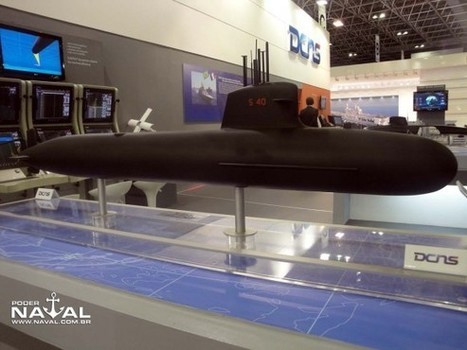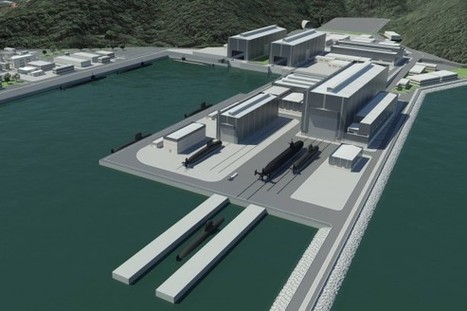The Navy of Brazil and the Itaguaí Marine Construction (ICN) - a company formed by the Brazilian company Odebrecht Defense and the French shipyard DCNS - agreed a change in the construction schedule of the first Brazilian submarine Scorpene class (S-BR), the "Riachuelo" (S40).
According to this adjustment, the vessel shall open sea trials around the month of July 2017, which will delay its delivery to the Navy's operating sector for the second quarter 2018.
In the final half of 2009, the General Directorate of the forecast of the Navy Material (DGMM) was that the SBR-1 was ready in 2015 (see story "Schedule of supplies of submarines and EC725 helicopters" , published by the Naval Power in September 3, 2009). Later, the Submarine Development Program (PROSUB) Navy had its modified deployment. The new forecast, the "Riachuelo", first of the four conventional submarines to be built, would be ready in 2016 and, after completion of dock tests and sea, would be delivered to MB in mid 2017.
According to the Naval Power can determine at that time the ICN and the Navy examine the development of an amendment to the construction contract of the submarines that specify the new manufacturing schedule SBR-1, because it involves several changes in deadlines, both for technical targets to be achieved, as the result of financial disbursements.
The expectation on the operation of the ship is, however, a very positive level.
One of the points that draws the attention of Brazilian concerns remedies adopted by designers and French manufacturers, to ensure a standard of quiet operation of the ship.
It must be said that were found technical resources capable of reducing vibration and sound produced naturally by the submarine in its displacement. A set of devices that extends from the work of special shims of pipes attached to the inner walls of the boat, suitable to eject fatty flows.



 Your new post is loading...
Your new post is loading...








